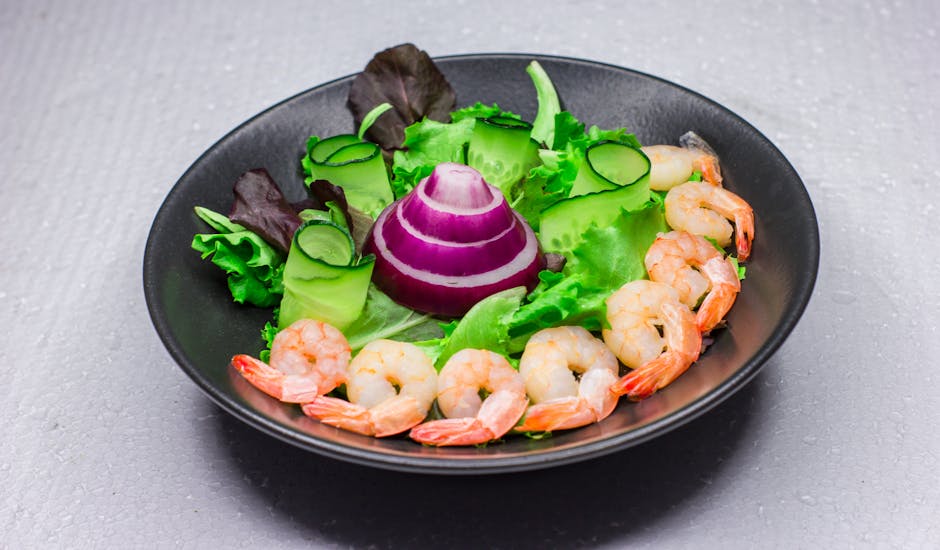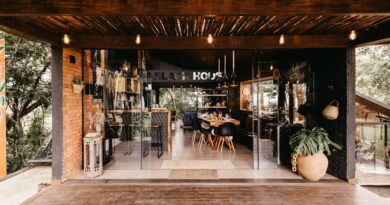How to Calculate Food Costs Effectively
When it comes to running a successful restaurant, managing food costs is a critical aspect that can make or break your profitability. Understanding how to calculate food costs effectively is essential for restaurant owners, chefs, and anyone involved in the food service industry. By accurately assessing the cost of ingredients, you can make informed decisions about pricing, menu planning, and cost-cutting strategies. In this comprehensive guide, we will delve into the intricacies of calculating food costs, explore various methods and tools, and provide practical tips to help you optimize your restaurant’s financial performance.
The Basics of Food Cost Calculation

Food cost is the ratio of the cost of ingredients used in a dish to the selling price of that dish. It is typically expressed as a percentage and is a key metric in determining the financial health of your restaurant. To calculate food costs effectively, you need to consider both the direct and indirect costs associated with producing a menu item.
Direct costs include the actual cost of ingredients used in a dish, such as meat, vegetables, grains, and spices. These costs can vary based on market prices, seasonality, and supplier agreements. It’s crucial to track these costs accurately to maintain profitability.
Indirect costs, on the other hand, encompass overhead expenses like kitchen equipment, labor, rent, utilities, and packaging. While these costs are not directly related to a specific menu item, they play a significant role in determining overall food costs and should be factored into your calculations.
Methods of Calculating Food Costs

There are several methods you can use to calculate food costs, each offering a different level of detail and complexity. The most common methods include:
1. Recipe Costing

Recipe costing is a straightforward method that involves breaking down the cost of each ingredient used in a recipe and summing them up to determine the total cost per serving. This method is ideal for small restaurants or caterers with a limited menu and relatively simple recipes.
For example, if a recipe calls for 2 pounds of chicken breast ($6), 1 pound of broccoli ($2), and various seasonings ($1), the total cost per serving would be $9. To calculate the food cost percentage, divide the total cost by the selling price and multiply by 100.
2. Plate Costing

Plate costing takes recipe costing a step further by considering additional factors like portion size, waste, and garnishes. This method provides a more accurate representation of the true cost of a menu item and helps you adjust portion sizes or pricing to improve profitability.
By factoring in the cost of labor, overhead, and other indirect costs, plate costing gives you a comprehensive view of your food costs and allows for more informed decision-making.
3. Menu Engineering
Menu engineering involves analyzing your menu to identify high-profit and low-profit items, adjust pricing and portion sizes, and optimize your menu for maximum profitability. By categorizing menu items based on popularity and profitability, you can make strategic changes to boost overall revenue.
Menu engineering takes into account sales data, food costs, and customer preferences to create a balanced menu that drives sales and maximizes profits. By regularly reviewing and updating your menu, you can stay competitive in a dynamic market and ensure long-term success.
Cost Control Strategies
Once you have a clear understanding of your food costs, you can implement cost control strategies to reduce waste, streamline operations, and improve profitability. Some effective cost control strategies include:
1. Inventory Management
Effective inventory management is crucial for controlling food costs and minimizing waste. By tracking your inventory levels, monitoring usage patterns, and identifying areas of excess or shortage, you can optimize your ordering process and reduce food spoilage.
Investing in inventory management software can help you streamline your operations, track costs more accurately, and make data-driven decisions to improve efficiency and profitability.
2. Supplier Negotiation
Building strong relationships with your suppliers and negotiating favorable terms can help you lower your food costs and improve your bottom line. By comparing prices, quality, and delivery times from multiple suppliers, you can make informed decisions and secure the best deals for your restaurant.
Consider forming buying groups with other restaurants or joining a cooperative to leverage your purchasing power and negotiate better prices with suppliers. By staying informed about market trends and building strong partnerships, you can reduce your food costs and increase your profitability.
3. Portion Control
Implementing portion control measures can help you reduce food costs, minimize waste, and maintain consistency in your menu items. By standardizing portion sizes, using portioning tools, and training your staff on proper serving techniques, you can ensure that each dish is cost-effective and meets your quality standards.
Regularly reviewing portion sizes, monitoring plate waste, and adjusting recipes based on customer feedback can help you fine-tune your menu and improve your overall profitability.
4. Menu Analysis
Regularly analyzing your menu performance can help you identify high-profit and low-profit items, adjust pricing and portion sizes, and optimize your menu for maximum profitability. By tracking sales data, food costs, and customer preferences, you can make informed decisions about menu changes and pricing strategies.
Consider conducting a menu audit to evaluate the profitability of each item, identify areas for improvement, and make data-driven decisions to drive sales and increase profits. By staying proactive and responsive to market trends, you can ensure that your menu remains competitive and profitable.
Common Misconceptions about Food Costs
There are several common misconceptions about food costs that can hinder your ability to accurately calculate and manage them. Some of the most prevalent myths include:
1. Ignoring Indirect Costs
One common misconception is that food costs only include the price of ingredients, while indirect costs like labor, overhead, and utilities are often overlooked. In reality, indirect costs play a significant role in determining overall food costs and should be factored into your calculations to get a true picture of your restaurant’s profitability.
2. Setting Prices Based on Competition
Many restaurant owners make the mistake of setting their prices based on what their competitors are charging, rather than calculating their own food costs and pricing accordingly. By understanding your food costs and profit margins, you can set prices that reflect the value of your dishes and ensure that you remain profitable in the long run.
3. Ignoring Seasonal Variations
Seasonal variations in food prices can have a significant impact on your food costs, yet many restaurant owners fail to account for these fluctuations in their calculations. By staying informed about market trends, adjusting your menu accordingly, and negotiating with suppliers, you can mitigate the effects of seasonal variations and maintain profitability year-round.
Conclusion
Calculating food costs effectively is an essential skill for restaurant owners, chefs, and anyone involved in the food service industry. By understanding the fundamentals of food cost calculation, exploring various methods and tools, and implementing cost control strategies, you can optimize your restaurant’s financial performance, improve profitability, and ensure long-term success. Remember to track your food costs regularly, stay informed about market trends, and make data-driven decisions to drive sales and increase profits. By mastering the art of food cost calculation, you can take your restaurant to new heights and achieve sustainable growth in a competitive market.




